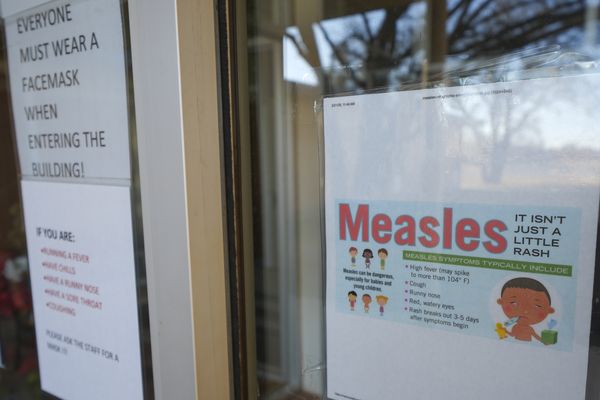
Corruption is an enormous, global challenge, likely costing more than $1 trillion annually, or $120 (4,000 baht) for every person in the world. World leaders have long promised to tamp down on corruption, but unfortunately, we're getting nowhere. Now, new research identifies a surprisingly straight-forward, cheap way to reduce corruption that can also make countries hundreds of millions or even billions of dollars.
Part of the reason it is so hard to tackle corruption is that it is incredibly valuable for the officials taking bribes, while customers paying up often get better or quicker service. Yet politicians have promised to substantially reduce corruption from 2016 to 2030 as part of the so-called Sustainable Development Goals (SDGs), agreed to by all governments across the world.
Unfortunately, politicians aren't delivering. The corruption perception index from Transparency International shows that, at a global level, there has been zero progress over the past decade. The world was as corrupt in 2022 as it was when the measure started in 2012. On current trends, we're not going to curtail corruption in 2030--or at any time in the future.
Reducing corruption isn't the only global promise we're missing. In fact, it is just one of hundreds of grand SDG promises for 2030, and we're failing at nearly all of them. On current trends, we will reach the development promises half a century late. We need to do better and now is the right time to start this conversation: 2023 is the halftime point for the SDG promises, but we are truly nowhere near halfway achieving them.
That is why my think-tank, Copenhagen Consensus, has worked for years with dozens of the world's top economists to identify the areas where the most progress on the SDGs can be made. We should embrace the smartest policies first. Our new research on corruption shows that improving public procurement should be a top priority for many governments.
In almost every country, the government is by far the largest buyer of works, goods, and services from the private sector. Public procurement adds up to almost $13 trillion, or 15% of global GDP. In the countries where the poorer half of the world's population lives, procurement makes up an astounding half of all government expenditure.
This procurement can be made less corrupt and more effective by putting the whole system online, making it transparent. Electronic procurement or "e-procurement" lets many more companies hear about procurement offers, ensures more bids can be submitted and means governments lose less money through corruption and waste.
Thailand already introduced its first e-procurement system in 2010, but four-in-10 low- and lower-middle income countries are still missing a full e-procurement system. Our researchers studied the costs and impacts of eleven e-procurement initiatives in low-income countries like Bangladesh and Rwanda, middle-income countries such as Ukraine and Tunisia, and high-income countries like Italy and South Korea.
The research shows it takes a year on average to plan for an e-procurement system, another 1.5 years to design and build it, and 2.5 years to pilot it. Over the first 12 years, costs average $16.7 million (570 million baht), irrespective of a country's size -- a trivial sum compared to most government budgets.
There are many benefits. A well-designed e-procurement system allows for proactive monitoring and the identification of corruption, and means concerns can be automatically flagged for action. And e-procurement increases the number of bidders: In India's Karnataka State, the number of suppliers increased from 130 to 4,800 in the first three years. And governments can spend less on advertising for bids, when they have an easily accessible system. The Philippine government saved $9 million annually on newspaper advertisements.
Importantly, introducing e-procurement speeds up procurement. In South Korea, e-procurement meant the duration of bid processing was cut from an average of 30 to just 2 hours, whereas in Argentina the duration of the process fell by more than 11 days. Of course, doing things quickly isn't the same as doing things well. But there is evidence that digitising procurement means better oversight and improved service delivery. India, for example, saw a 12% increase in road quality grade after shifting to an e-procurement system.
Perhaps the most important consequence is that e-procurement cuts the overall cost of government spending. Our research shows the average saving is 6.75% -- and that matters when you spend billions. For the average low-income country, this means the savings across the first 12 years amount to more than $600 million. For each dollar spent, the low-income country will realise savings worth $38. For lower-middle income countries, the average savings are more than $5 billion over the first 12 years, meaning each dollar spent creates more than $300 of social benefits. This makes e-procurement one of the world's most effective policies.
Ending corruption entirely may not be in our grasp. But there is compelling evidence that around the world, e-procurement can reduce it, at low cost, while making societies much better off.
Bjorn Lomborg is President of the Copenhagen Consensus and Visiting Fellow at Stanford University's Hoover Institution.







